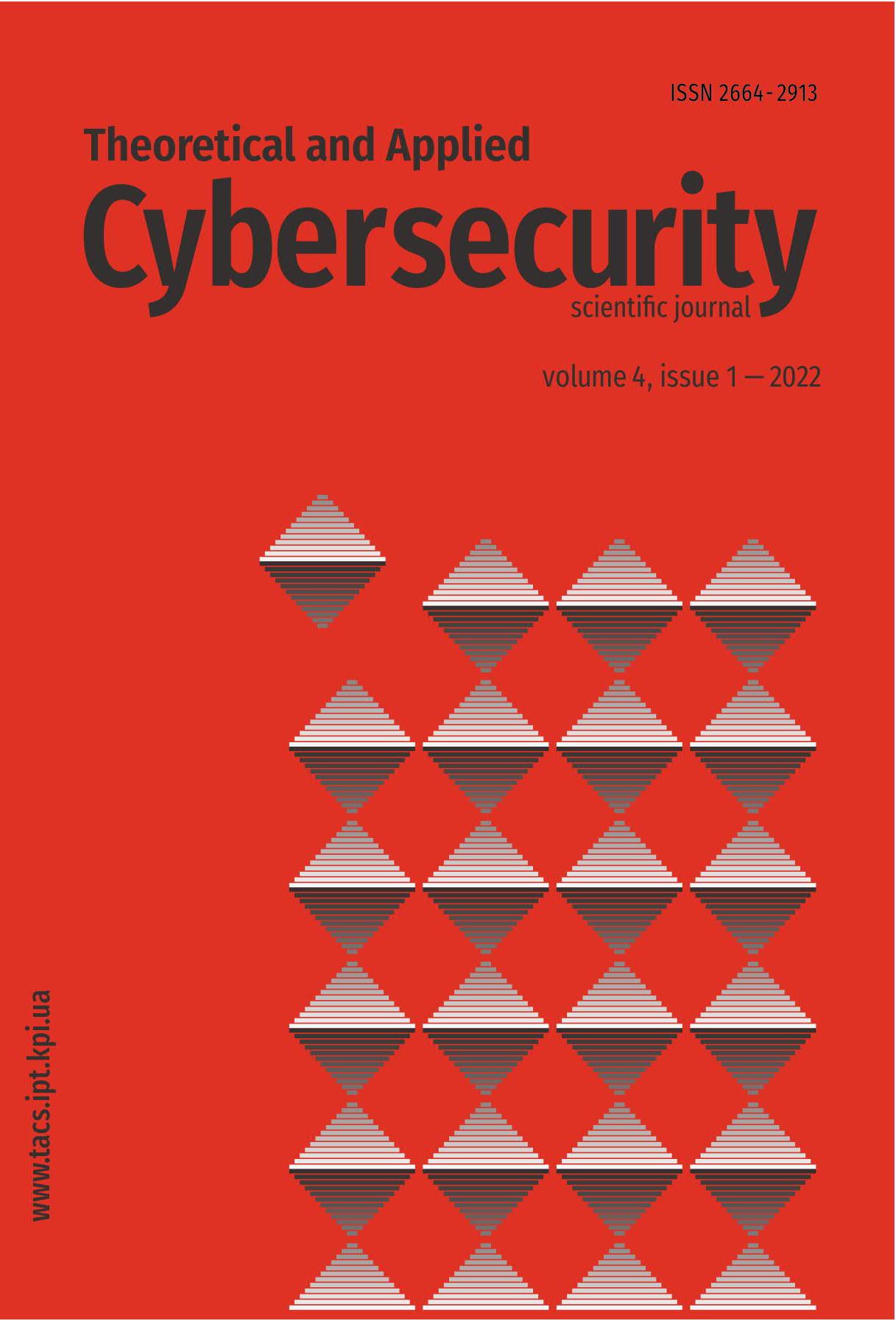Construction of Proactive Monitoring Model using Forecasting Techniques in the SCOM Software Complex
DOI:
https://doi.org/10.20535/tacs.2664-29132022.1.266612Abstract
The majority of companies depend on their information systems, the stability of infrastructure operations and the failover of computing resources. Various monitoring tools are mostly used to automate the benchmarking process of company.
The company that has a large distributed infrastructure should pay close attention to this process, as it makes the state of operations difficult to maintain, and increases the probability of the loss of functionality for errors or even shutdown of some servers. The one of solutions is reactive monitoring.
Reactive monitoring is a technique where system administrators use monitoring tools to continuously collect data that determine the active and current status of information system environment. Measurements obtained from real-time monitoring tools illustrate the performance data of current information environment.
However, if we discuss the main metrics of system resources, such as the level of processor load, RAM or disk usage, their change can be quite fast. And for servers that are responsible for critical functions, the problem of full resource usage is important. This problem can be solved with proactive monitoring.
Proactive monitoring is a set of monitoring tools that not only collect real-time information, but also predict possible failures before they impact end users[1].
The purpose of this article is to choose methods of time series forecasting for the resources load that are going to be combined into a single hybrid method. The final solution will be used in the management pack of software complex System Center Operations Manager (SCOM) that is widely used by companies with large infrastructure[2]. The forecasting methods such as Least squares, SMA and EMA were considered in this work.
Downloads
Published
Issue
Section
License
Authors who publish with this journal agree to the following terms:
Authors retain copyright and grant the journal right of first publication with the work simultaneously licensed under a Creative Commons Attribution License that allows others to share the work with an acknowledgement of the work's authorship and initial publication in this journal.
Authors are able to enter into separate, additional contractual arrangements for the non-exclusive distribution of the journal's published version of the work (e.g., post it to an institutional repository or publish it in a book), with an acknowledgement of its initial publication in this journal.
- Authors are permitted and encouraged to post their work online (e.g., in institutional repositories or on their website) prior to and during the submission process, as it can lead to productive exchanges, as well as earlier and greater citation of published work (See The Effect of Open Access).

